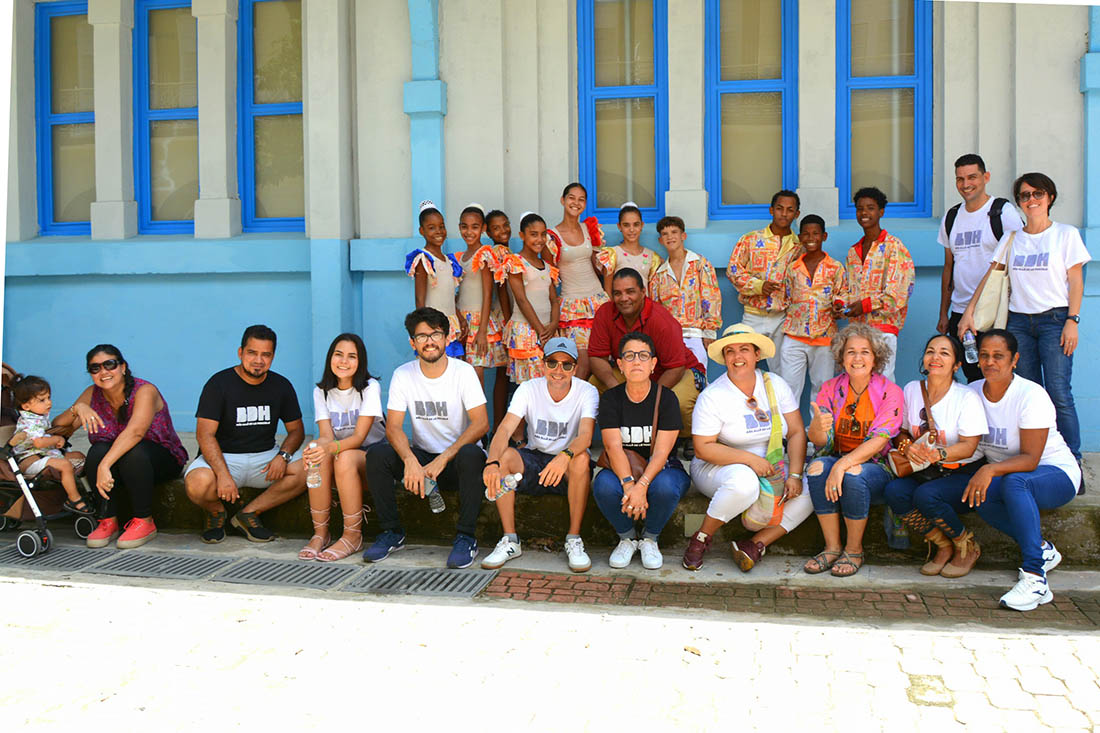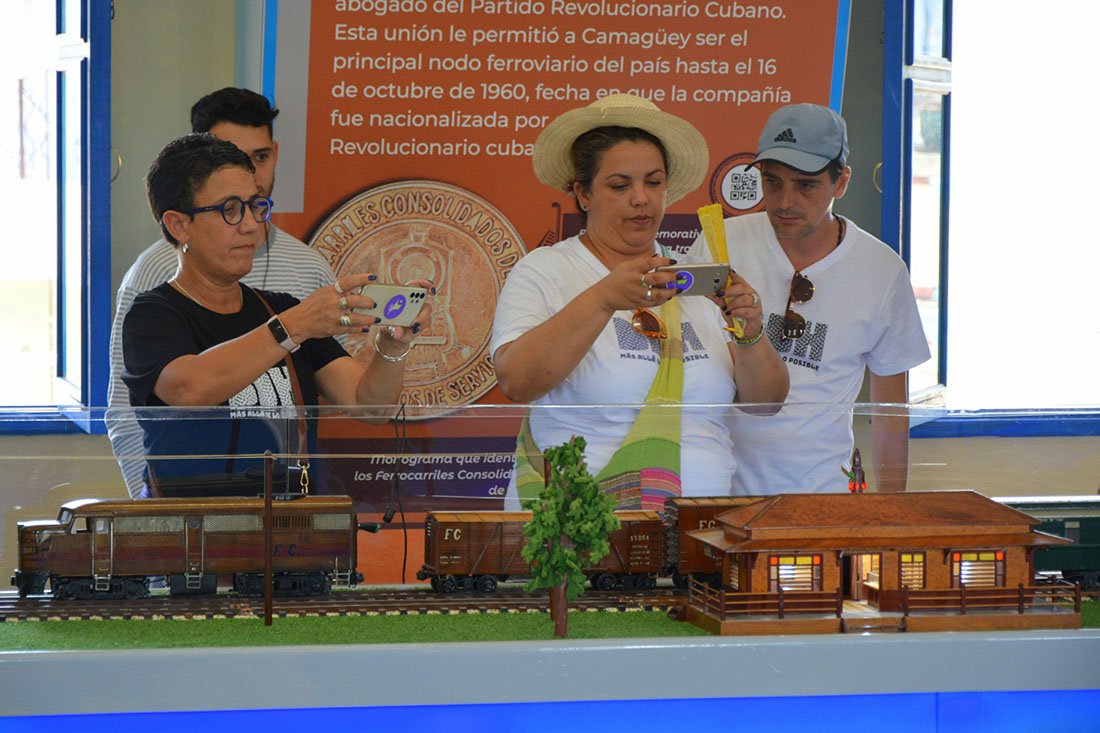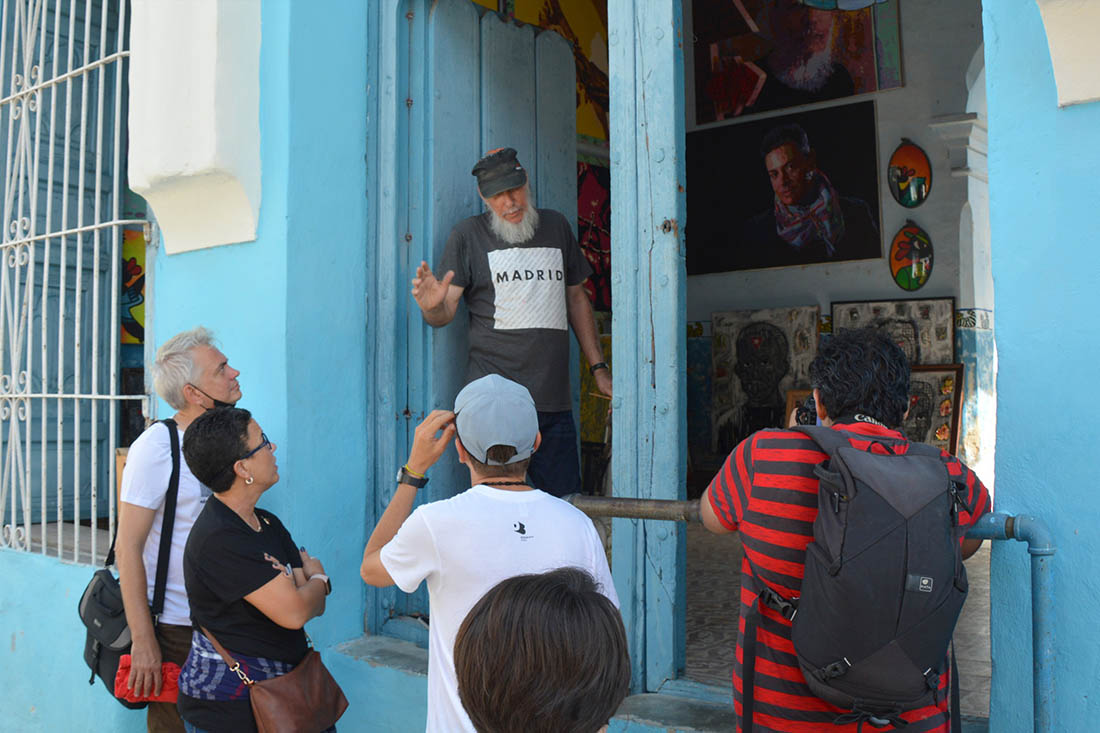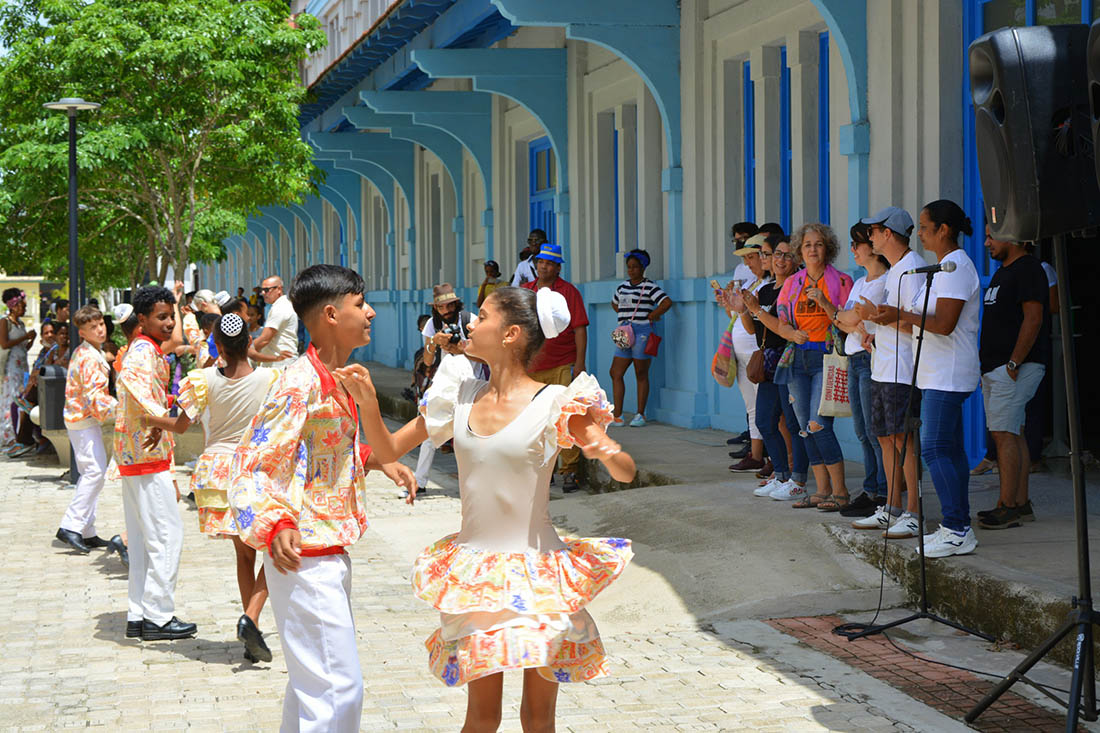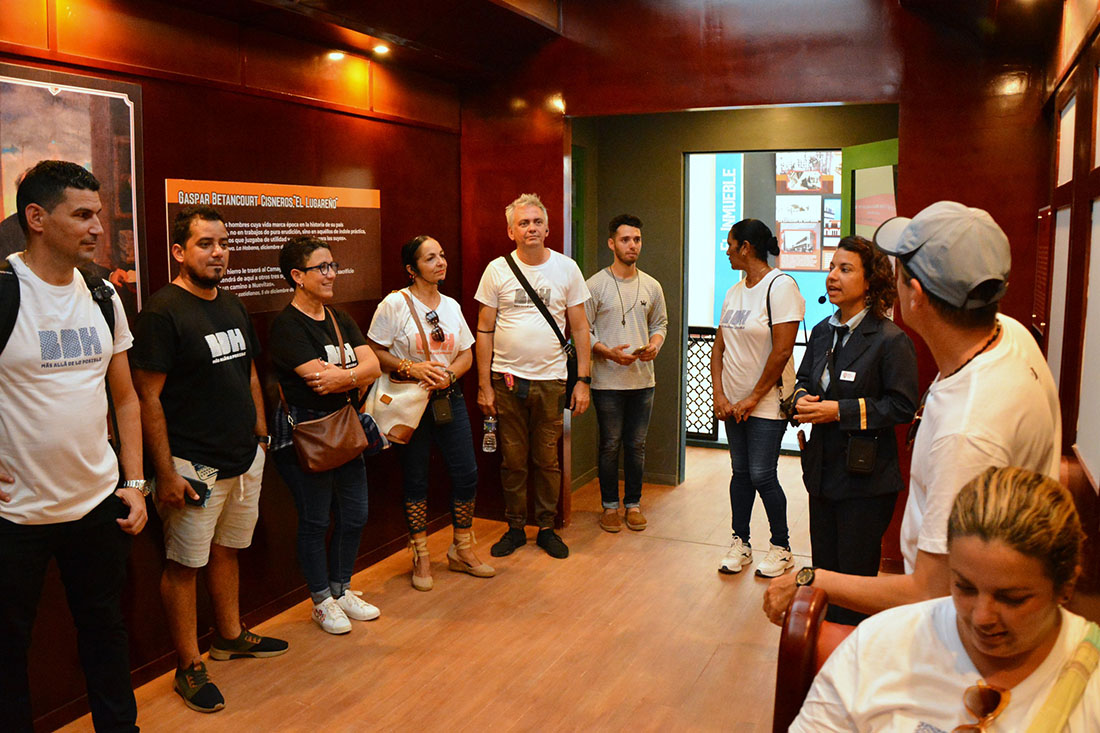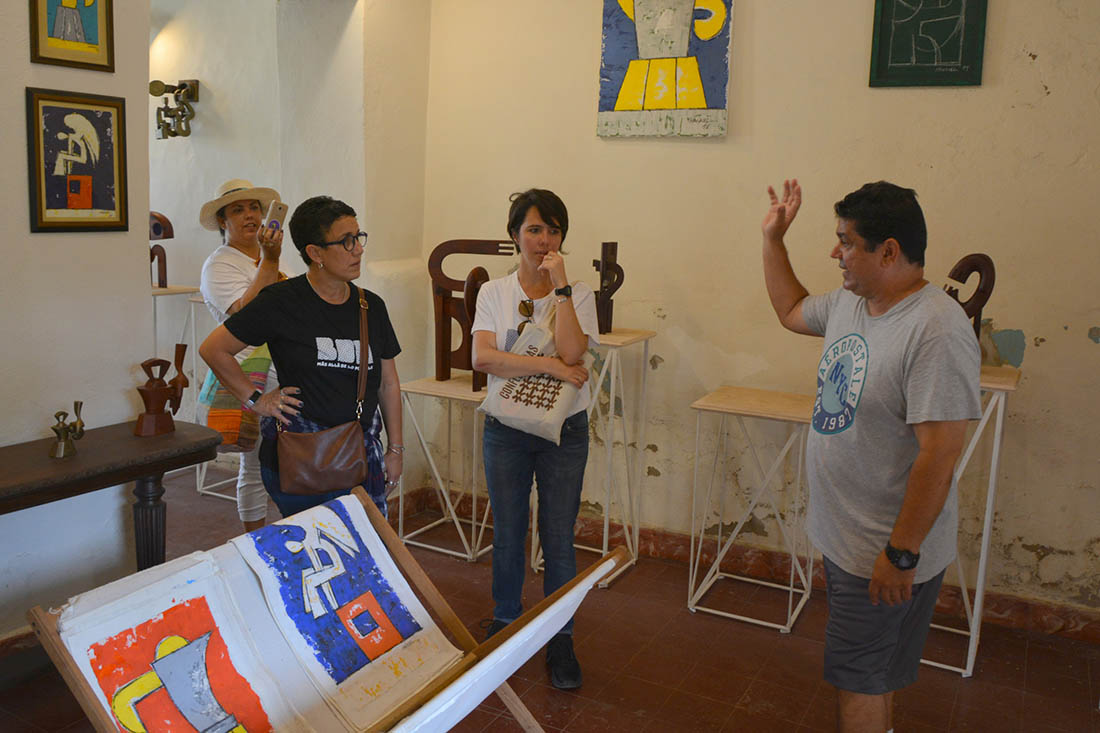A group of participants in the event of the Camagüey sub-venue of the third edition of the Design Biennial, BD Habana 2022, toured, together with specialists from the Office of the Historian of Camagüey city, some places of high heritage value in the capital of Camagüey. They also visited some of the sites inaugurated this year to see how design was implemented in the museographic content.
The tour began at the Ignacio Agramonte Park and the model of the historic center, located in the “Camagüey, Heritage City” Interpretation Center. Then, they moved to San Juan de Dios Square, where they interacted with outstanding artists of the plastic arts in the territory, such as Joel Jover, Eduardo Rosales and Magdiel García.
They also visited the San Juan de Dios Museum, a site that tells the story of the homonymous square and the building itself, where the body of Major General Ignacio Agramonte was exposed after he fell in combat.
The visitors enjoyed the exhibits in the “Reflejos” contest, on their way to the Railway Museum, a property recently awarded with National Restoration Award. There they were received by the children of the dance specialty of the Arlequín Artistic Ensemble, whose presentation was cataloged by Gisela Herrero García, director of the National Design Office (ONDI), as the greatest gift to this edition of the Biennial.
As a climax, the participants took a tour of the Railway Museum and showed their admiration for the use of design in the museographic content of the place.
“This has been an enriching experience, knowing that here in Camagüey tremendous use and importance is also given to design in the implementation of the museographic content. I am really impressed with everything that has been done in this Museum and in the one in the San Juan de Dios Square. It is necessary and rich to know that this trend is expanding to the rest of the country.” –says Adrián García Álvarez, participating industrial designer and speaker at the Biennial.
Gisela Herrero added: “This is a good implementation of what is now known as experience design, which is the possibility that the user who comes to these spaces to learn has, to experiment with the benefits of what is exposed. Here the design has played its role, to be a tool in the service of well-placed information, to select well the resources on which to place the information so that it is effective, and in this sense there is almost a filigree work, of Swiss watchmaking. The means and the possibility of interacting from the use of new technologies are very well chosen, but without these changing the intention. It is a jewel that must be cared for and made sustainable.”
In this way, prior to the closing of the event, a space was closed in which history and design went hand in hand, to exchange experiences on the use of the latter in issues related to the conservation and dissemination of the heritage values of the cities.
Translated by: Aileen Álvarez García

